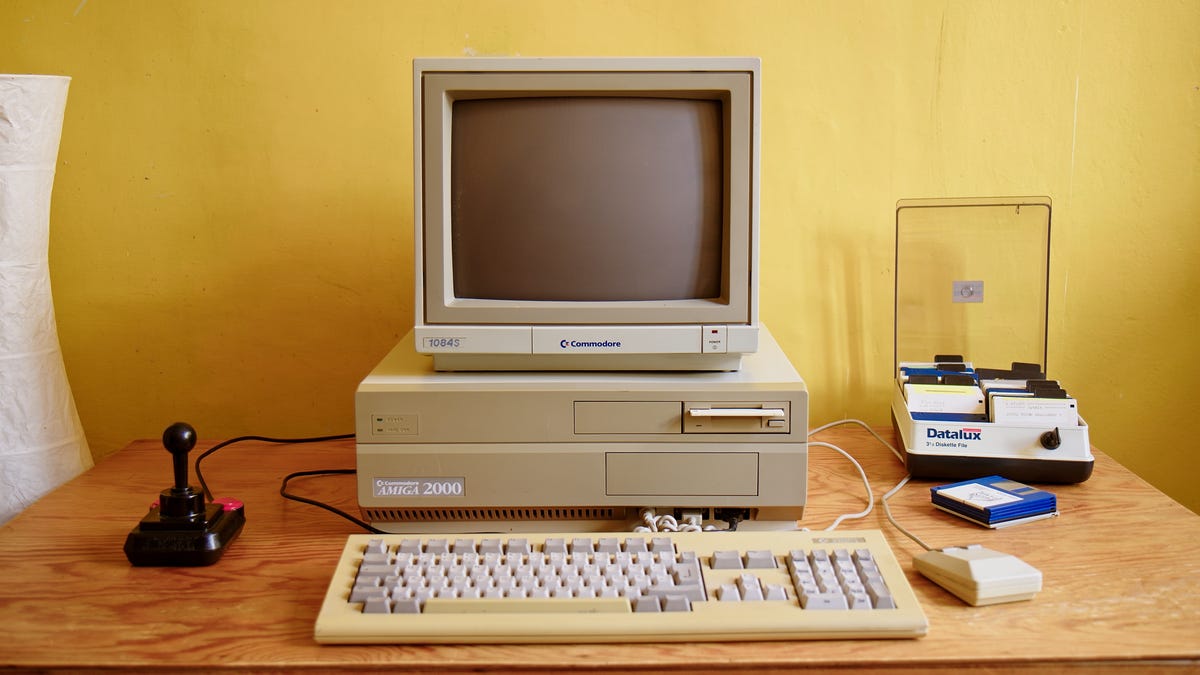How to Time Your Credit Card Payments to Raise Your Credit Score
Setting up autopay for your credit card payments is a great way to avoid accidental late fees and penalties, but there’s an additional trick that can help with your credit score. By paying off your balance in full before...


Photo: shurkin_son (Shutterstock)
Setting up autopay for your credit card payments is a great way to avoid accidental late fees and penalties, but there’s an additional trick that can help with your credit score. By paying off your balance in full before the closing date—the day your debt balance is reported to the credit bureaus—you can ensure that your credit usage appears to be low, a key factor in how your credit score is determined.
What’s a credit card closing date?
This can be confusing, as most people are only aware of their credit card’s payment date, which is when you’re expected to pay off a portion of your outstanding debt each month (usually 1-3% of total statement balance, including interest and fees). The payment date is still the most important date to remember, since failing to make a payment will incur late fees or higher interest rates.
However, you also have the “closing date,” which is when your debt balance is sent to the three major credit bureaus (Equifax, Experian, and TransUnion). Since 30% of your credit score is based on your credit utilization ratio—or how much debt you’re carrying on your closing date—that’s an ideal time to pay off your remaining balance through a scheduled automatic payment. This could easily result in a difference of at least 30 points in your credit score.
Wait, how does that work?
As an example, let’s say your payment due date is the 10th of the month, and your closing date is on the 14th. You might decide to pay off the full debt balance for a $1,500 credit limit on your payment date (on the 10th), but then maybe you splurge after, before your closing date (on the 14th)—say, $500. In that case, your reported balance would give you a credit utilization over 30%, which can hurt your credit score (the less you use, the better).
G/O Media may get a commission
Instead, you could be more strategic by paying at least the minimum amount on your payment date (or more), and then clear off the rest just before your closing date, thus optimizing your credit utilization ratio.
Okay, but how do you set up auto payments?
Most credit card companies will let you schedule automatic payments to pay off your credit card on a specific date. To do it, log in to your account and look for automatic payments, usually found in a “payments” tab. From there, you would:
Set up an auto payment for your payment date (you can specify “minimum payment”—whatever that amount might be).Set up an auto payment for your closing date (you can specify “outstanding balance”—whatever that amount might be). The one wrinkle here is that closing dates vary, and they usually aren’t mentioned in your monthly statement, so you’ll want to confirm the date by contacting your credit card company directly.
That’s pretty much it. Otherwise, there are some caveats: This strategy works best if you already use your credit card sparingly for purchases that you can pay back relatively quickly. Also, a “set it and forget it” approach to auto payments can trigger overdraft charges if you don’t have enough money, so it’s best to keep a cushion of cash in your checking account (or keep a close eye on your balance).
And as Nerdwallet points out, some banks might have a processing delay of a couple of days even for “automatic” transfers, so you might want to stagger your payments accordingly to account for the delay (you can ask about this when you inquire about your closing date).

 UsenB
UsenB 
































